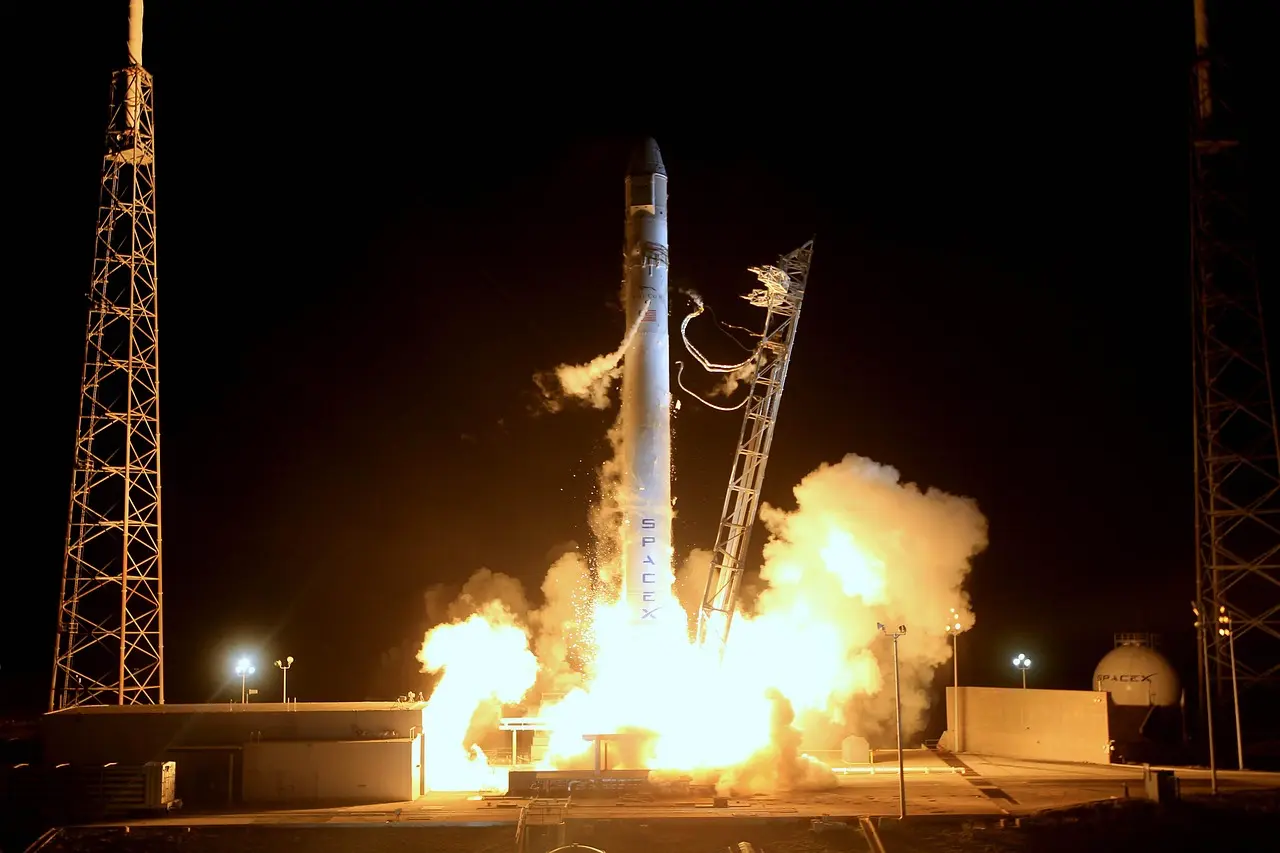Starship's Celestial Liabilities: Reassessing the Outer Space Treaty Regime in the Age of Reusability
3 Key Takeaways
- Flight 11's dynamic banking maneuver crystallizes Article VI oversight voids in autonomous reusability.
- The Outer Space Treaty regime, obsolescent for rapid iteration, demands reform akin to Antarctic sustainability precedents.
- Romania positions as vanguard for harmonized international frameworks, converting celestial liabilities into orbital opportunities.
The debris cascades of the 2025 Starship Incident - previously illuminated as transboundary perils invoking Trail Smelter precedents (United States v. Canada, 3 R.I.A.A. 1905 (1941)) and the Liability Convention's absolute regime (Convention on International Liability for Damage Caused by Space Objects, Mar. 29, 1972, 961 U.N.T.S. 187) - now recede before the subtler sovereignty of algorithmic autonomy in reentry.1 SpaceX's Flight 11 (Ship 38, October 13, 2025) not only stress-tested heatshield vulnerabilities through intentional tile ablation but executed a pioneering dynamic banking maneuver during subsonic descent: a deliberate roll and turn mimicking future return-to-launch-site trajectories, guided by autonomous flap modulation and real-time trajectory algorithms to align for hypothetical tower catches.2 This maneuver - testing subsonic guidance precision prior to landing burn - exemplifies the paradigm shift from expendable to rapidly reusable systems, where private entities orchestrate maneuvers once reserved for state actors, exposing profound lacunae in the Outer Space Treaty's supervisory framework (Treaty on Principles Governing the Activities of States in the Exploration and Use of Outer Space, Including the Moon and Other Celestial Bodies, Jan. 27, 1967, 610 U.N.T.S. 205).3
The Outer Space Treaty’s Article VI: State Responsibility in an Era of Private Iteration
Article VI imposes continuing supervision and authorization upon States Parties for national activities in outer space, bearing international responsibility for assuring conformity with the Treaty - whether conducted by governmental or non-governmental entities.4 Crafted amid Cold War duopolies, this provision presumed deliberate state oversight of measured programs; it falters against Starship's cadence, where Flight 11's banking algorithms - processing inertial, aerodynamic, and positional data to execute bank-to-turn evolutions - evolve iteratively without per-maneuver governmental pre-approval.5 The United States, as launching State, fulfills formalities through FAA licensing, yet the Treaty's "authorization and continuing supervision" mandate strains when anomalies (e.g., potential flap misalignments risking uncontrolled descent) unfold in real-time autonomy, beyond human intervention thresholds.6
As the Registration Convention (Convention on Registration of Objects Launched into Outer Space, Jan. 14, 1975, 1023 U.N.T.S. 15) ties jurisdiction to the launching State, reusable vehicles - returning, refurbishing, and relaunching - complicate attribution when guidance failures precipitate orbital or suborbital harms.7 Flight 11's flawless execution notwithstanding, hypothetical drift in banking algorithms could cascade into Kessler Syndrome precursors, invoking Article IX's consultation obligations for harmful interference, yet absent fault thresholds akin to orbital liability (Liability Convention, art. III).8
Historical Precedents and Emerging Gaps: From Antarctic Analogies to Romanian Advocacy
The Treaty's architects drew from Antarctic Treaty sustainability ethos (Antarctic Treaty, Dec. 1, 1959, 402 U.N.T.S. 71), prioritizing peaceful exploration amid technological infancy.9 Reusability's velocity, Starship’s transition to Block 3 prototypes post-Flight 11, demands analogous evolution: UN COPUOS Long-Term Sustainability Guidelines (2019) urge debris mitigation and information-sharing, yet remain non-binding.10 Romania, ESA member since 2011 (Law No. 262/2011) and IRIS² contributor, bridges Eastern pragmatism with Vienna forums, advocating model authorizations harmonizing Article VI with NewSpace realities, mitigating state responsibility exposures while catalyzing investment.11
Prescriptive Horizons: Reforming Oversight for Autonomous Reusability
Strategic pathways forward encompass:
- Multilateral protocols under UN COPUOS clarifying "continuing supervision" for autonomous systems, blending FAA iterative licensing with pre-deployment algorithmic audits;
- Enhanced registration regimes tracking reusable vehicle evolutions, echoing Artemis Accords Section 10 transparency (Artemis Accords, Oct. 13, 2020);
- Romanian-led initiatives in ESA/UN frameworks drafting liability matrices for guidance anomalies, transforming Article VI gaps into gateways for responsible innovation.
Footnotes:
- (1) Convention on International Liability for Damage Caused by Space Objects, Mar. 29, 1972, 961 U.N.T.S. 187.
- (2) SpaceX, Starship Flight 11 Overview (Oct. 13, 2025), https://www.spacex.com/launches/starship-flight-11; NASASpaceflight.com, Flight 11 Analysis (Oct. 13, 2025).
- (3) Treaty on Principles Governing the Activities of States in the Exploration and Use of Outer Space, Including the Moon and Other Celestial Bodies, Jan. 27, 1967, 610 U.N.T.S. 205, art. VI.
- (4) Id. art. VI.
- (5) Id.; SpaceX Telemetry, Flight 11 (Oct. 13, 2025).
- (6) Federal Aviation Administration, Starship Licensing Determinations (2025).
- (7) Convention on Registration of Objects Launched into Outer Space, Jan. 14, 1975, 1023 U.N.T.S. 15.
- (8) Treaty on Principles Governing the Activities of States in the Exploration and Use of Outer Space, Including the Moon and Other Celestial Bodies, supra note 3, art. IX; Liability Convention, supra note 1, art. III.
- (9) Antarctic Treaty, Dec. 1, 1959, 402 U.N.T.S. 71.
- (10) UN COPUOS, Guidelines for the Long-Term Sustainability of Outer Space Activities, A/AC.105/2019/CRP.1 (2019).
- (11) Law No. 262/2011 on Romania's Participation in ESA Programs; Regulation (EU) 2021/696 (Union Space Programme).




.svg)




